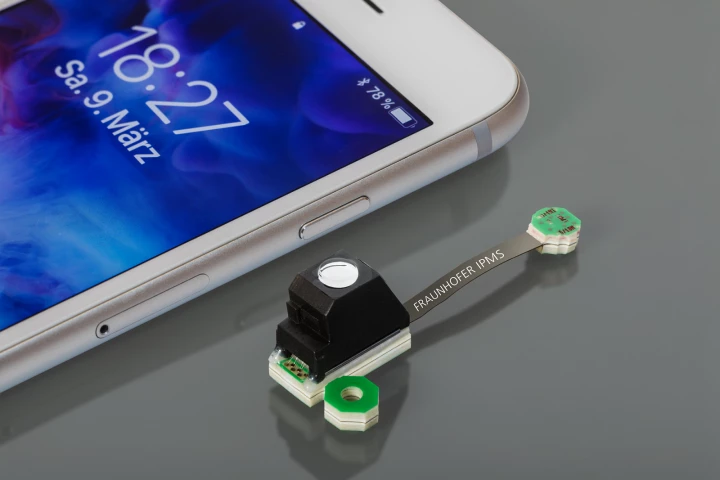Optical sensor
-
Is your scarf really made from cashmere? Is that necktie truly silk? Such questions may soon have an easy answer via a pass with your cell phone's camera thanks to a tiny near-infrared spectroscopy system developed by researchers in Germany.
-
Raytheon has unveiled RAIVEN, its latest military optical sensor for aircraft that uses a multi-spectrum electro-optical system combined with artificial intelligence to give pilots a fivefold increase in clarity and range.
-
Patients who remain in bed for long periods of time may develop pressure sores, which can in turn become potentially life-threatening chronic skin ulcers. A new sensor could help keep that from happening, using scattered light.
-
Princeton and the University of Washington researchers have developed a camera the size of a grain of salt that can snap sharp, full-color images. It’s made with a metasurface that captures light and could be scaled up to turn entire surfaces into sensors.
-
OK, we know that tiny houses are becoming increasingly popular, but this is really taking things to an extreme. In order to demonstrate the capabilities of a new nanorobotic system, French scientists have built a "microhouse" that sits on the cleaved end of an optical fiber.
-
MIT scientists may be bringing a new level of accuracy to epidurals, developing a scattered-light sensor that can be embedded in the tip of a needle to ensure anesthesiologists hit the right spot.
-
Have you ever wondered how many people walk past your shop? Or drive past your adverts? A new device is aimed at giving people that information, which might otherwise remain inaccessible. The Placemeter Sensor sticks to the inside of a window and counts people, vehicles, bicycles and more.
-
Most QR codes do the same thing – when a smartphone scans them with its camera, they trigger that phone's web browser to navigate to a given website. In the near future, however, they may be used to securely display 3D images on the user's phone, without even involving the internet.
-
Not everyone's blood clots at the same rate. While that might seem like simply an interesting bit of trivia, it's anything but trivial to doctors performing operations or emergency procedures. Now, an optical device can provide them with the needed information within minutes.
-
With too much salt applied to road surfaces to prevent icing having a detrimental effect on vehicles, infrastructure and the environment, engineers at Carlos III University have developed an optical sensor that can detect the amount of salt on the road in real time.
-
The creators of the experimental Lumitrack motion-tracking system claim that it has much less lag time than existing systems, plus it's highly accurate and should be cheap to commercialize.
-
The ON-WINGS aircraft ice detection system can be integrated directly into aerofoil surfaces, unlike other systems.
Load More











